Yes — and you absolutely should.
Mixing cladding profiles is one of the easiest ways to add depth, variety, and character to your building’s exterior. Instead of a flat, uniform surface, you get texture, contrast, and a more dynamic look that feels both unique and intentional. This design approach is especially effective on larger-scale buildings, where a single profile might feel too monotonous across wide facades.

Let’s explore some of the best ways to combine cladding profiles and materials to elevate your design.
One of the simplest ways to mix profiles is by alternating between wider and narrower boards. This creates a rhythm across the surface that catches the light differently throughout the day, adding texture and subtle shadow play.
Our C34 profile was designed with this in mind. It allows for seamless mixing and matching, giving your façade vertical emphasis and even making the building appear taller as the eye is drawn upward.
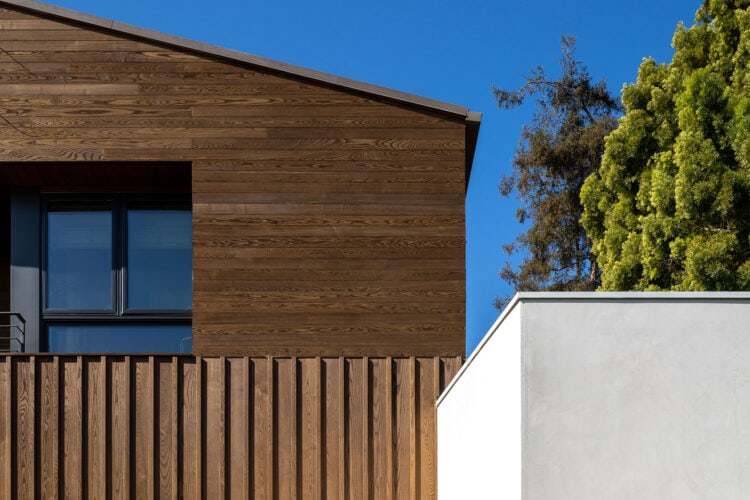
Changing the direction of the boards has a dramatic impact on how a building is perceived. Vertical cladding accentuates height, while horizontal boards emphasize width and stability. When used together, they highlight different volumes of the house and bring balance to the overall proportions.
This technique is particularly effective for breaking up multi-level buildings, allowing you to showcase architectural elements rather than letting them blend into one another.
Using the same wood species in different finishes is a smart way to achieve contrast without losing harmony. For example, pairing painted cladding with natural timber creates visual intrigue while maintaining material consistency. The result feels cohesive, yet never dull.
This approach works especially well when you want to highlight certain areas of the façade, such as entranceways, balconies, or extensions.
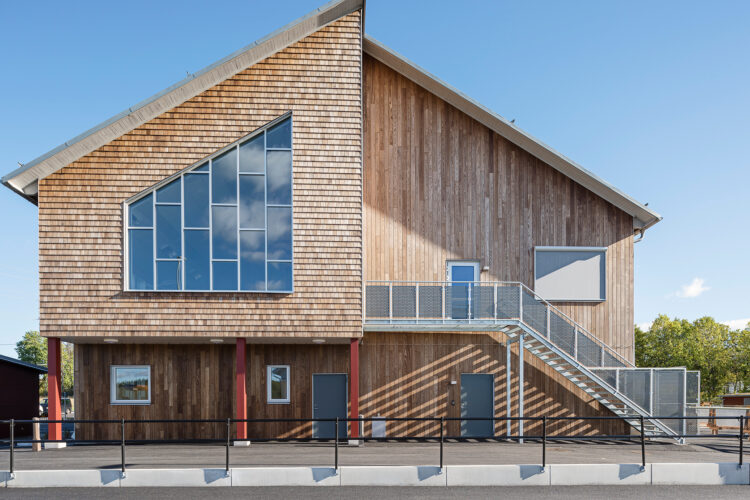
For a façade that feels truly dynamic, try combining shingles with traditional cladding boards. Shingles add fine-grained texture and a handcrafted quality, while classical boards provide structure and clean lines. The pairing creates a striking contrast in scale and texture. This approach is perfect if you want your house to stand out while still respecting traditional architectural roots.
Wood also pairs beautifully with other building materials.
The natural warmth of wood softens the cool, heavy presence of stone or brick, making the design feel more welcoming. Adding timber introduces a touch of nature that balances sleek modern finishes, preventing the exterior from feeling too industrial or cold.
Wood has a timeless quality. Whether you’re designing a traditional home or a modern retreat, it creates contrast and harmony at the same time, blending natural warmth with architectural structure.
Mixing cladding profiles is an effective design strategy you can use to bring variety, depth, and personality to a building. Whether you’re alternating board widths, combining vertical and horizontal lines, pairing painted and natural finishes, or mixing wood with other materials, the result is a façade that feels balanced yet strikingly unique.
At Thermory, we believe wood belongs in every building. It connects people to nature, softens harder surfaces, and creates a timeless look that only improves with age.
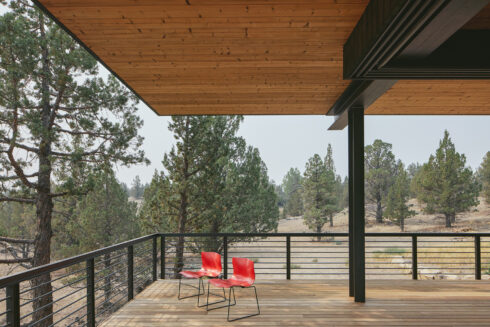
When designing...
...
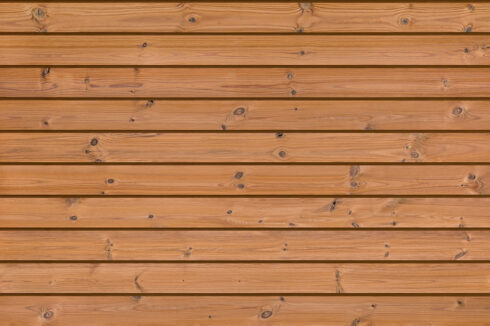
Shiplap cladding...
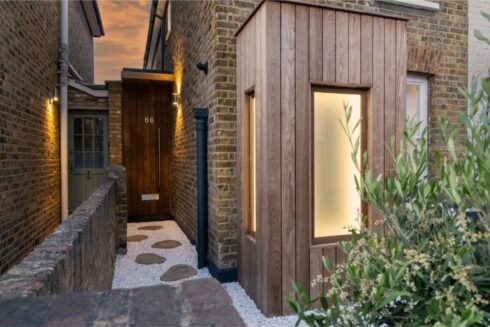
The most...
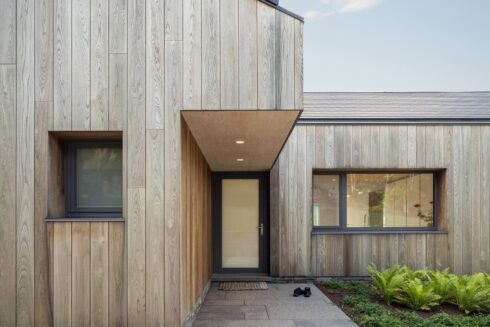
Contemporary...
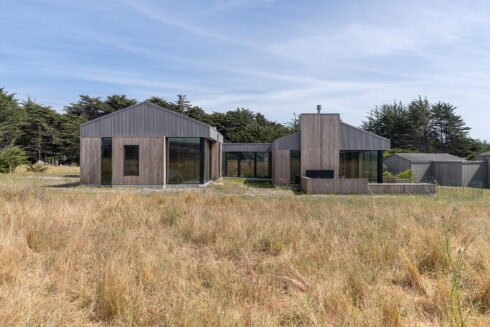
While a wood species’ natural properties play an important role in determining the timber cladding’s durability, they’re only part of the...
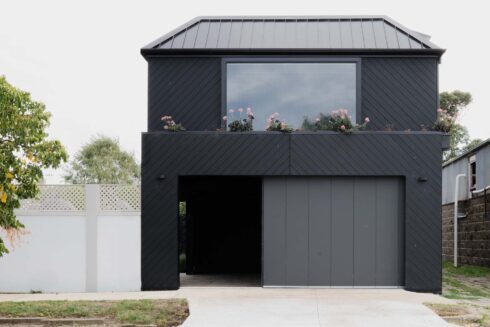
From minimal forest cabins to bold urban residences, black timber cladding has emerged as a defining element of modern architectural design. Its striking,...
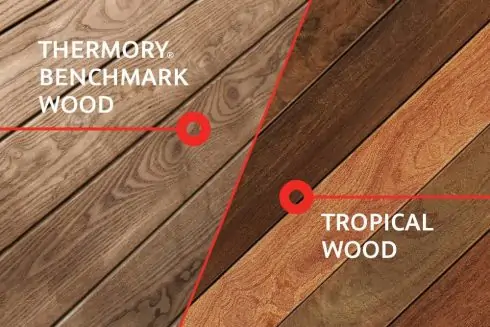
As the construction and design industries evolve, so does the demand for sustainable, high-performance building materials. For over 25 years, Thermory has...

Picture a wood that balances elegance, durability and versatility – a natural material that not only meets your demands but also exceeds your...

Combining different wood species, finishes and profiles brings variety to any interior or exterior design, delivering a tantalizing injection of texture and...
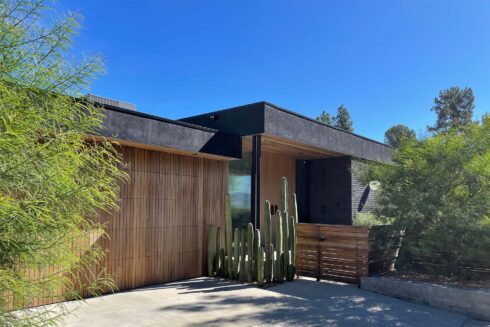
We were curious about the architecture trends and the popularity of timber in Australia, so we asked our down under partner, McCormacks Australia, to tell...

The eye-catching black Thermory Ignite cladding provides a bold look, while also offering the stability and durability that Thermory is known...
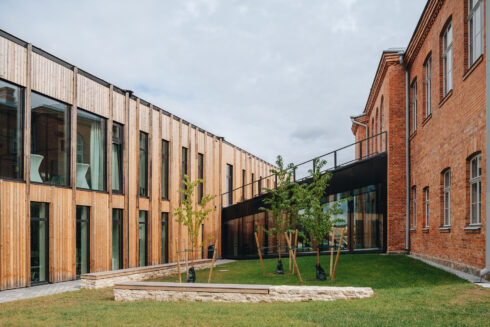
With the EU, US and many other countries aiming to achieve carbon neutrality by 2050, sustainability is not just a construction trend anymore, but it’s...
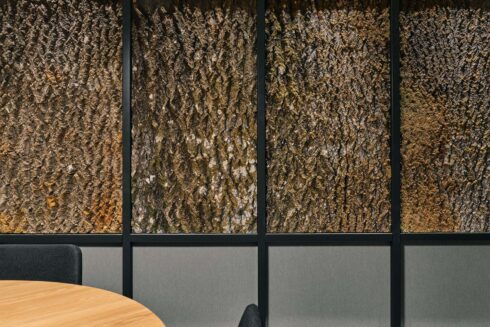
In the quest to shift our world towards more sustainable practices and circular processes, designers are increasingly turning their attention to...

Sometimes, the best place to unwind and get away from it all is a secluded forest cabin in breathtaking surroundings. Find inspiration for your next...
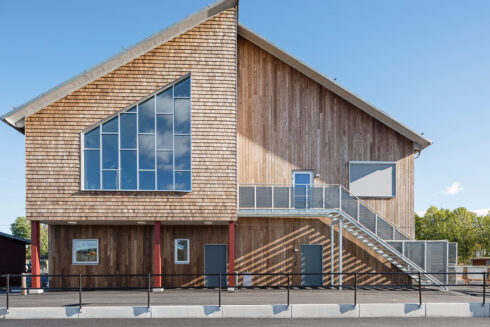
When it comes to designing and constructing educational spaces, choosing the right materials is crucial. There has been a growing trend towards...

As architects and landscape designers, creating indoor outdoor living spaces that are sustainable and eco-friendly is more important than ever. With a...
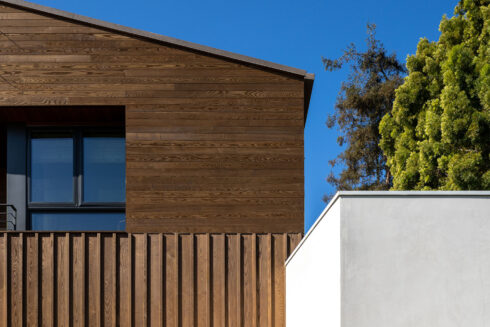
Wood is a highly valuable material and although it grows abundantly, we must treat this natural resource with respect and create value from even the smaller...
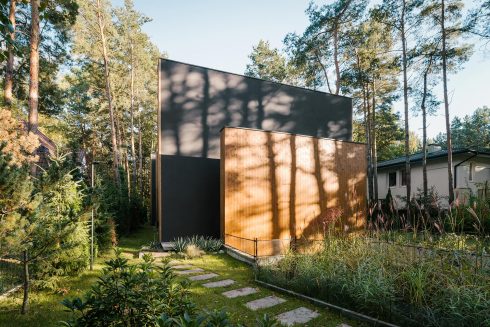
From intimate spaces like our homes to public urban areas, the environment surrounding us has a big effect on our well-being. Recent turbulent years have...
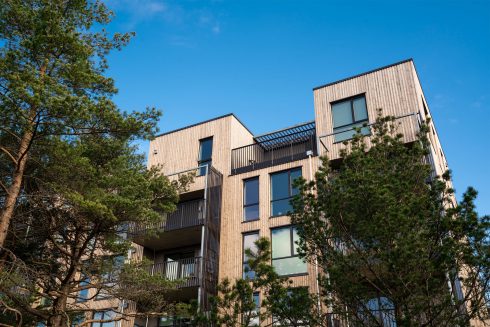
Finding the best solution to clad buildings is important for several reasons – as well as defining the look and feel of your design, it also has a major...
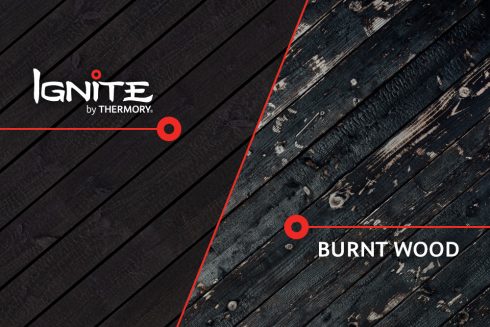
Shou sugi ban, or yakisugi, is an ancient Japanese art of treating wood with a flame to make it more waterproof and rot resistant. Thermory’s Ignite range...
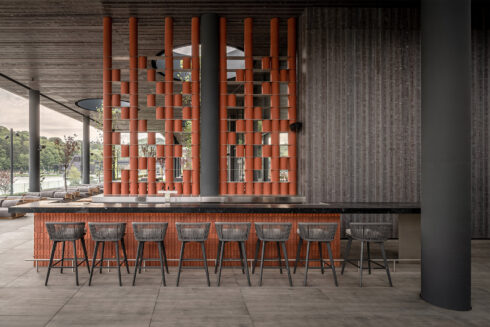
Thermory Design Awards is part of Thermory 25 celebrations for acknowledging and rewarding our...
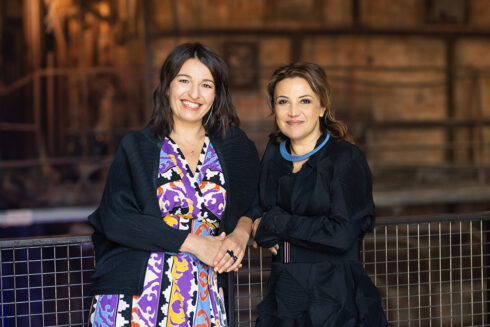
Curators of Tallinn Architecture Biennale 2022 exhibition “Edible ; Or, The Architecture of Metabolism”, Lydia Kallipoliti & Areti...
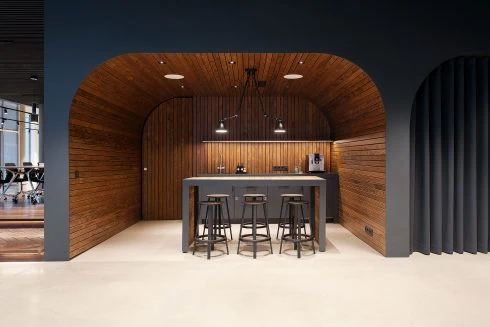
The aim of biophilic design is to create buildings and spaces that enable harmonious, naturally enjoyable experiences for their users by promoting the...

The purpose of biophilic design is to create spaces that deliver benefits for both human health and the environment by nurturing people’s innate affinity...
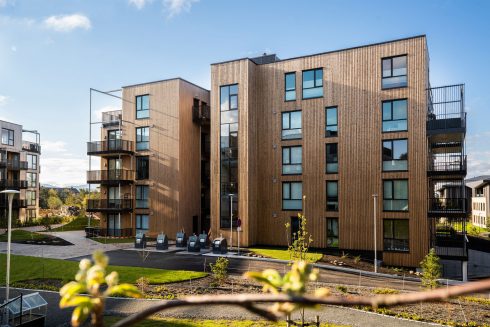
Natural wood can be used in many different ways. The beauty and versatility make wood unequalled building material. As both an interior and exterior design...
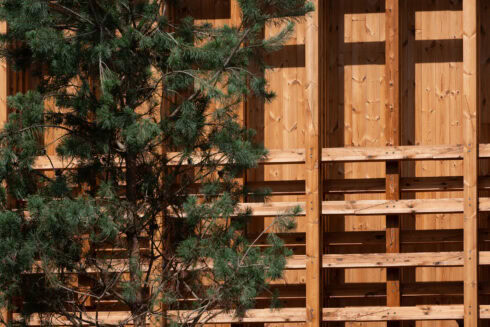
When it comes to...
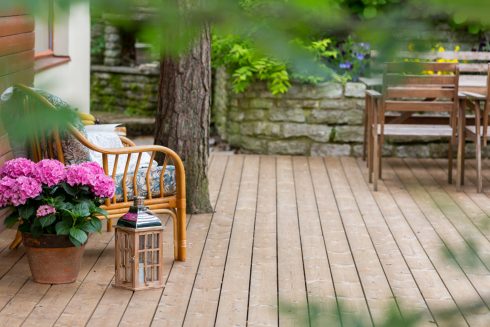
Home is where the heart is – a place where the whole family can feel safe and warm. The building materials you choose should enhance this feeling and...
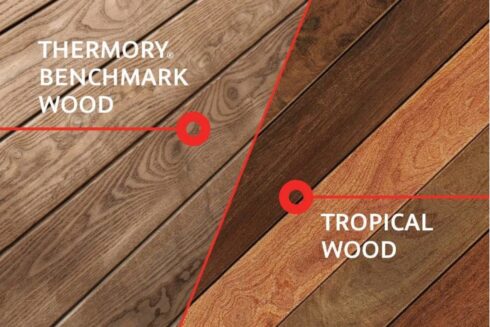
For decades, tropical hardwoods have been prized for their density, durability, and rich appearance. But their popularity comes at a high cost. Many of...
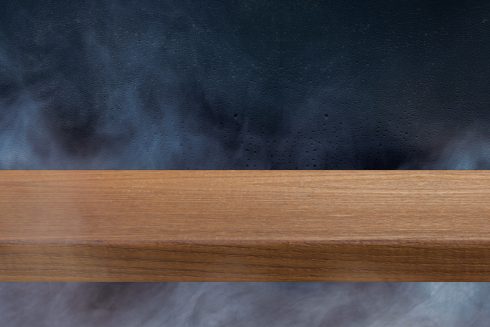
Thermally modified wood, often referred to as thermowood, is real wood enhanced using only heat and steam to improve its durability, dimensional stability,...
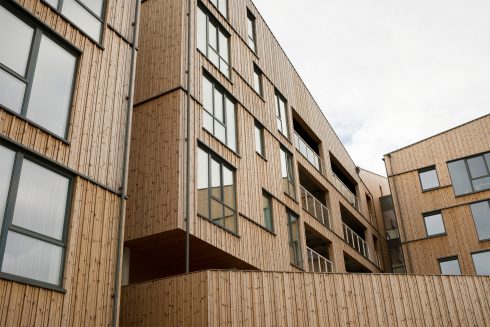
Thermally modified wood offers a unique combination of beauty, durability, and versatility. If you’re searching for fresh exterior cladding ideas,...
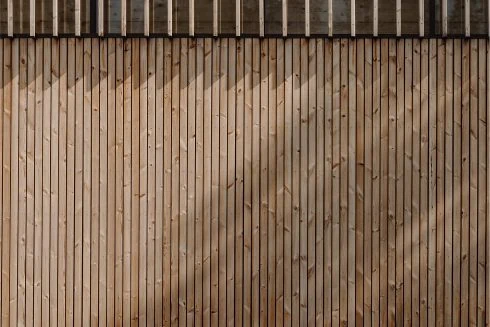
With rising concerns about climate change, the world community’s responsibility to reduce our carbon footprint rests with each and every individual and...
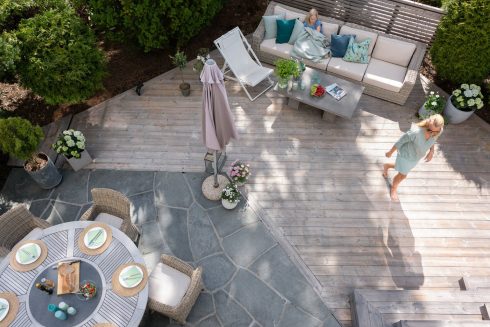
Wood is a natural material – and that’s part of its magic. Over time, its appearance changes, especially when exposed to the elements. Thermory’s...

Great design is more than just aesthetics—it’s about how a space makes you feel. Increasingly, research confirms what many have intuitively known: wood...
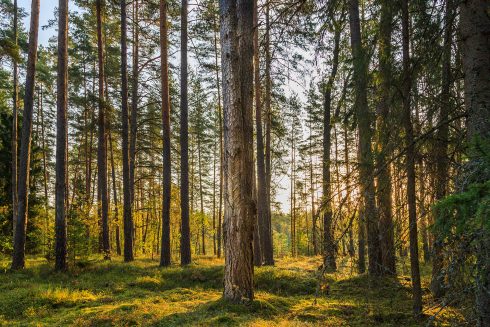
Ensuring the highest quality with the smallest possible ecological footprint and responsible use of resources are all principles that we consider important...
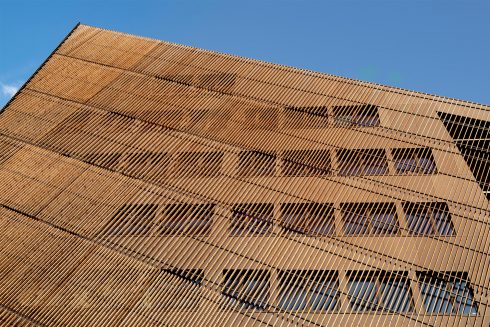
Throughout the history of architecture, surely no other material has been as influential as wood. It’s rare to see a building that’s been produced...
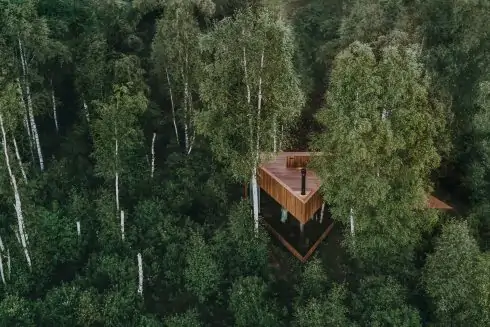
A trend is taking root in the worlds of architecture and interior design based on using natural materials and living plants to better...
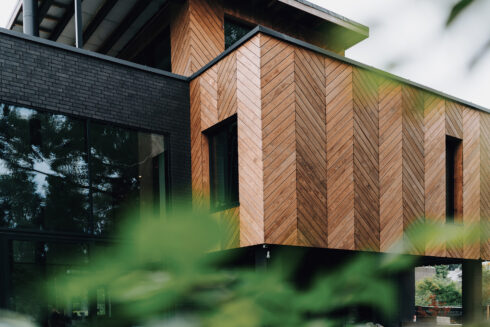
If you’re considering which wood types to use for a renovation or construction project, there are several considerations that may influence your decision...
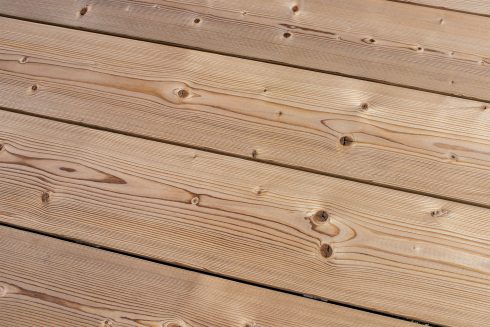
The wood-paneled interiors so common to mid-century homes have become sought after again, as many seek the warm, cozy feeling that the natural material...
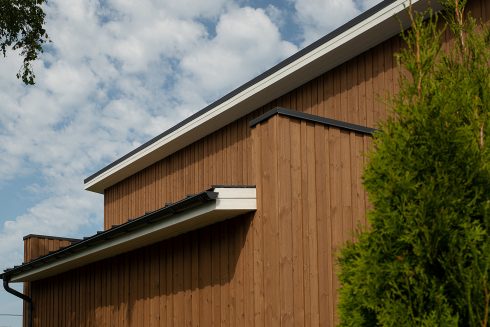
To ensure that your Thermory cladding retains its natural warm and authentic character, it’s important to apply the correct maintenance techniques. The...
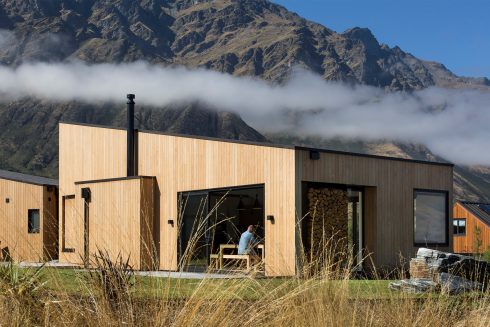
No matter where you live when you’re choosing a decking or cladding material, you’ll have to be mindful of how that material will change over time...
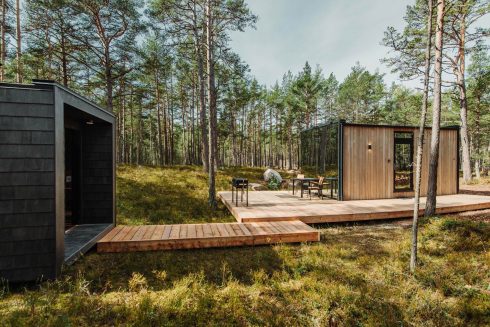
The tiny house movement has gained more momentum in the last decade, but why? It is based on tiny living: owning less so that what you own doesn’t own...

In 2022, the global megatrend of sustainable architecture and building practices will continue. Architecture trends influence the choice of materials both...
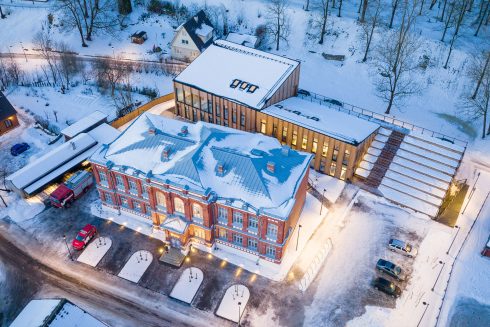
BENCHMARK THERMO-PINE CLADDING C4 20x115 / 26x 115, DECKING D4 26x115
ESTONIA
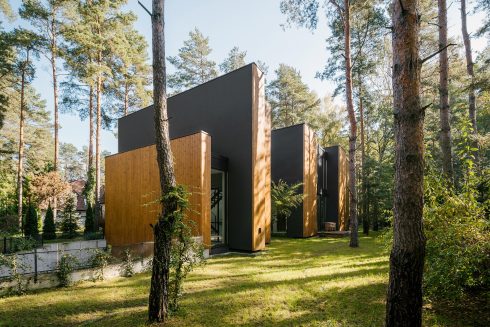
BENCHMARK THERMO-PINE
POLAND
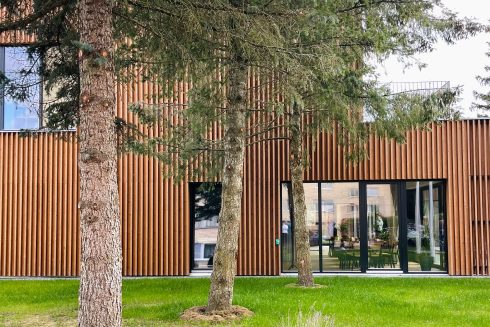
BENCHMARK THERMO-PINE
LITHUANIA
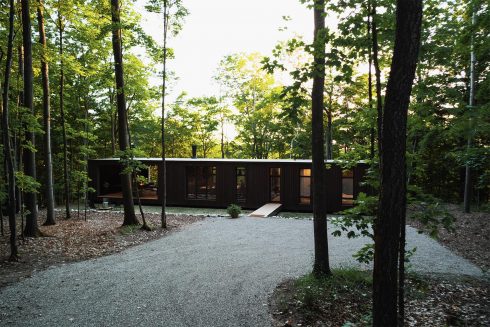
KODIAK THERMO-SPRUCE
MICHIGAN, USA

THERMORY THERMO-PINE MIX & MATCH CLADDING
NORWAY
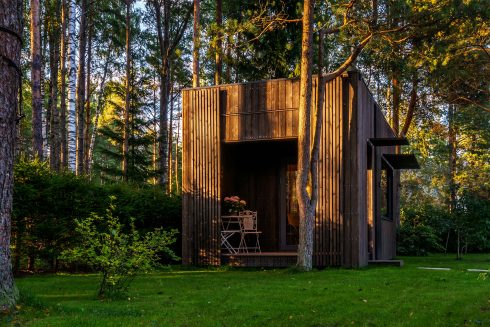
THERMORY BENCHMARK THERMO-SPRUCE BRUSHED CLADDING, THERMO-ASH DECKING AND FLOORING
ESTONIA
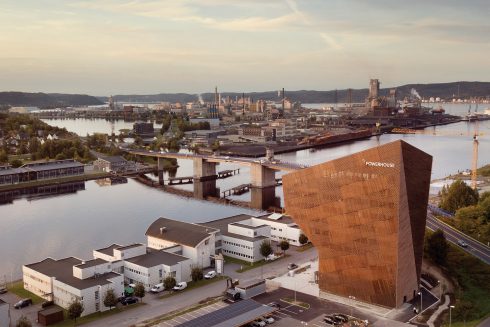
THERMORY BENCHMARK THERMO-PINE CLADDING C4
NORWAY

THERMORY BENCHMARK THERMO-PINE CLADDING AND ROOFING
POLAND
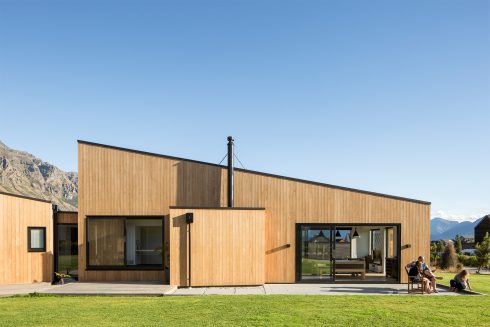
THERMORY BENCHMARK THERMO-RADIATA PINE CLADDING C3
NEW ZEALAND
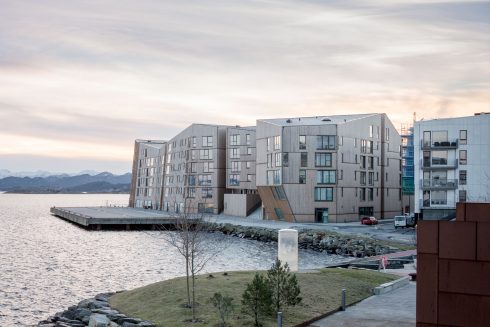
THERMORY BENCHMARK THERMO-PINE CLADDING C3 20X115 MM, ROOFING C10 20X140 MM AND DECKING D4 SG 26X140
NORWAY
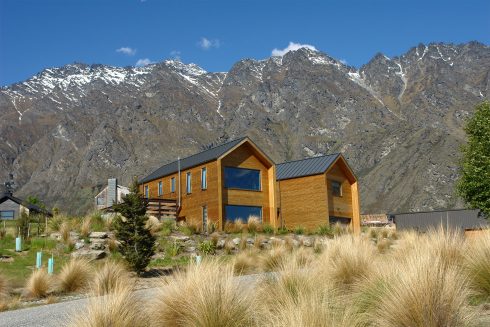
THERMORY BENCHMARK THERMO-PINE CLADDING C8 26X140 MM
NEW ZEALAND

THERMORY BENCHMARK THERMO-ASH AND THERMORY SHINGLES WALL PANELLING
ESTONIA

THERMORY BENCHMARK THERMO-ASH CLADDING C5 20X72/140/190MM, BRUSHED AND THERMO-ASH MEDIUM FLOORING F5 18X245
ESTONIA